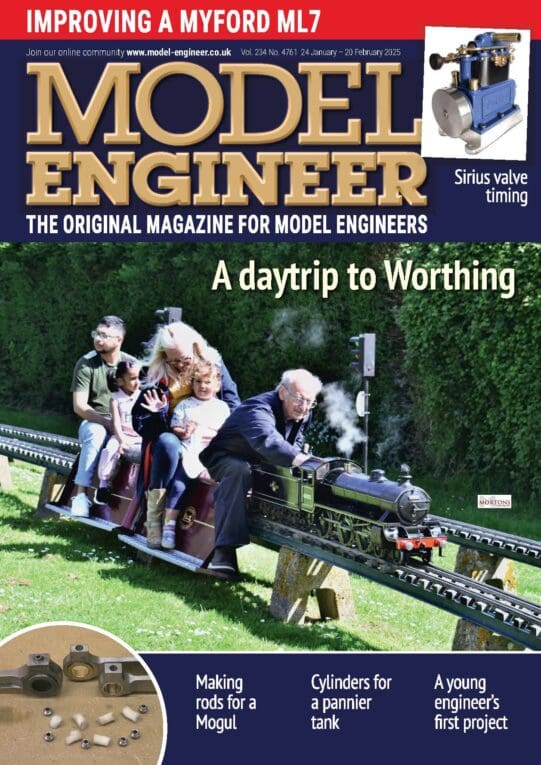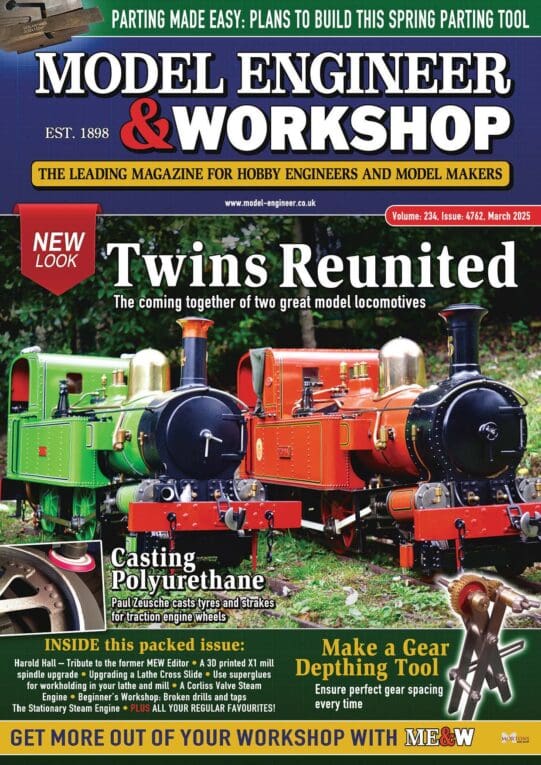Thank you all for the new set of postings. I am considering all suggestions including the previous ones plus the angle grinder, the Evolution saw, and the electric tile cutter. Also the piercing saw, which, rather anticlimactically, I'm tending towards. I think this is how they would have done it at the time.
As to Law's tangents, for my purposes they aren't appropriate. I'm building to a certain design so in order to imitate as closely as possible I would want to use the same type of materials. Law's hinges are to die for and very well known and respected (and used) in the keyboard world.
Tangents can be cast brass, and they can be different thicknesses. I can't speak to the tonal effects, if any, of these various designs. If one is drilling a hole (for Law threaded tangents) it would be more difficult to adjust the angle of the tangent and Law mentions the perils of bending them too much. Also weight could possibly be a small consideration depending on if the keys are back heavy or front heavy but that would be not a primary consideration because there are ways to balance the keys. Whether thinner more springy tangents is a good thing might be a consideration. If the instrument is fretted (more than one note per pair of strings) the tangents do often have to be bent sideways to get the right pitch, whereas in the case we have here of unfretted, that is not an issue. The main reason I would use the .6mm sheet brass is because that's what Hass used, and they had been doing this a long time. There is always the issue of "if they had x available they would have used it" if one wants to go that route and it's actually an improvement, however I don't see it applying here.
Also I prefer to make the parts myself and so far everything I need I can make from stock material except the strings and probably the hinges (not so easy to make well, like Law does them).
Once all the woodworking is done, the finish work is mostly all metal – balance pins (they would be in already), hitch pins, bridge pins, tuning pins, tangents – it's all small and jewelry-type work. For instance to clean up the tops of some brass pins I use the flush cutters, burr tools, and so on. So a piercing saw would probably be what was used, although I can't say that for sure.
If you want to see more detail on the instrument it is after the Hass 1767. Most – not all, but most – details are covered in "The Clavichords of Hieronymus and Johann Hass", a doctoral thesis published in 1994 for his degree at the University of Edinburgh. I have that resource (it is publicly available), as well, a plan by Ken Bakeman which is that instrument – some internals modified, however the scaling and so on is for that instrument.
Clavichords are deceptively simple. One tries as much as possible to imitate good builders, however, to assume that because the construction and appearance of an instrument are similar doesn't mean it necessarily sounds exactly the same (no two will) any more than making a violin copied after a Stradivarius means it will sound exactly the same as a Stradivarius. It is a starting point to try to see and understand what the master builders were attempting then imitate that, then gain experience. Because all the parts work together, usually if one tries to "improve" a design, they find that it compromises some other aspect. By 1767 clavichords had been made for several hundred years so they probably had it down pretty well.
It is just one design of many possible.
Many times there are various ways to do things. For instance for the key guides, which keep the keys in line in the back, I use small boxwood slips 1mm thick by 4mm high, which are inserted into the backs of the keys and ride in slots in the key rack. I use a double bass FF gut string (largest string) for the pivot on which the keys rotate. There are other ways to do these things. I follow Hass as well on things like that. If I were making a historic design that did differently, then likely I would follow that different design. For an experienced builder, they may well make changes to a design, however generally for someone with not a lot of clavichord building experience, it's better to follow a known and proven design.
And of course it is possible to make one's own design, although chances are it will look like a design already out there. Soundboard construction is an area not fully understood because it is complex. Small changes can make big differences in sound. Here again it's best to start by imitation and try to understand the reasons builders did things a certain way before thinking one might make improvements.
I much appreciate all the help, and I hope I answered all questions, if not, let me know. When I do the actual work I'll update with the method and results.
For those so inclined, there is a lot of literature – Boalch has a compendium of all known historic instruments. The British Clavichord Society has their newsletters available. I have received generous and continuing help from Peter Bavington in London who is highly respected throughout the clavichord world.
James Morse.





